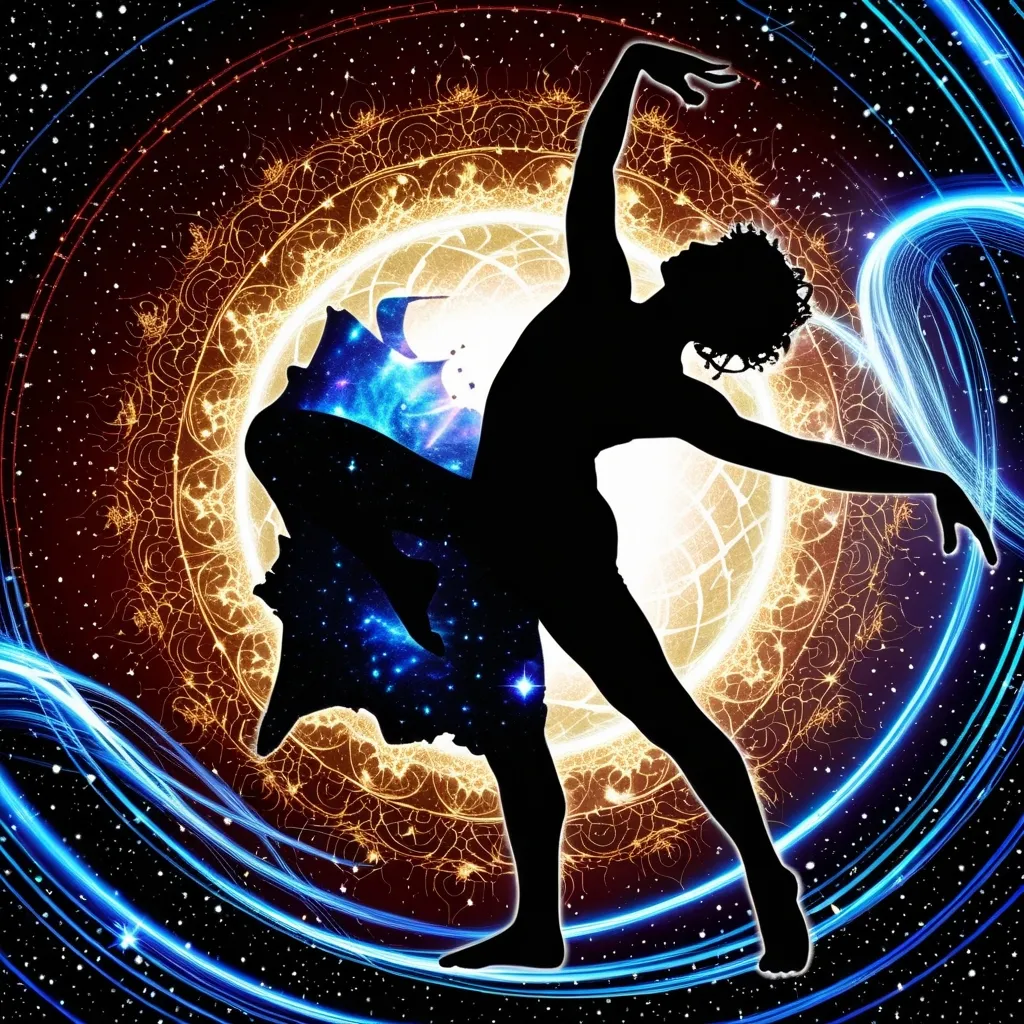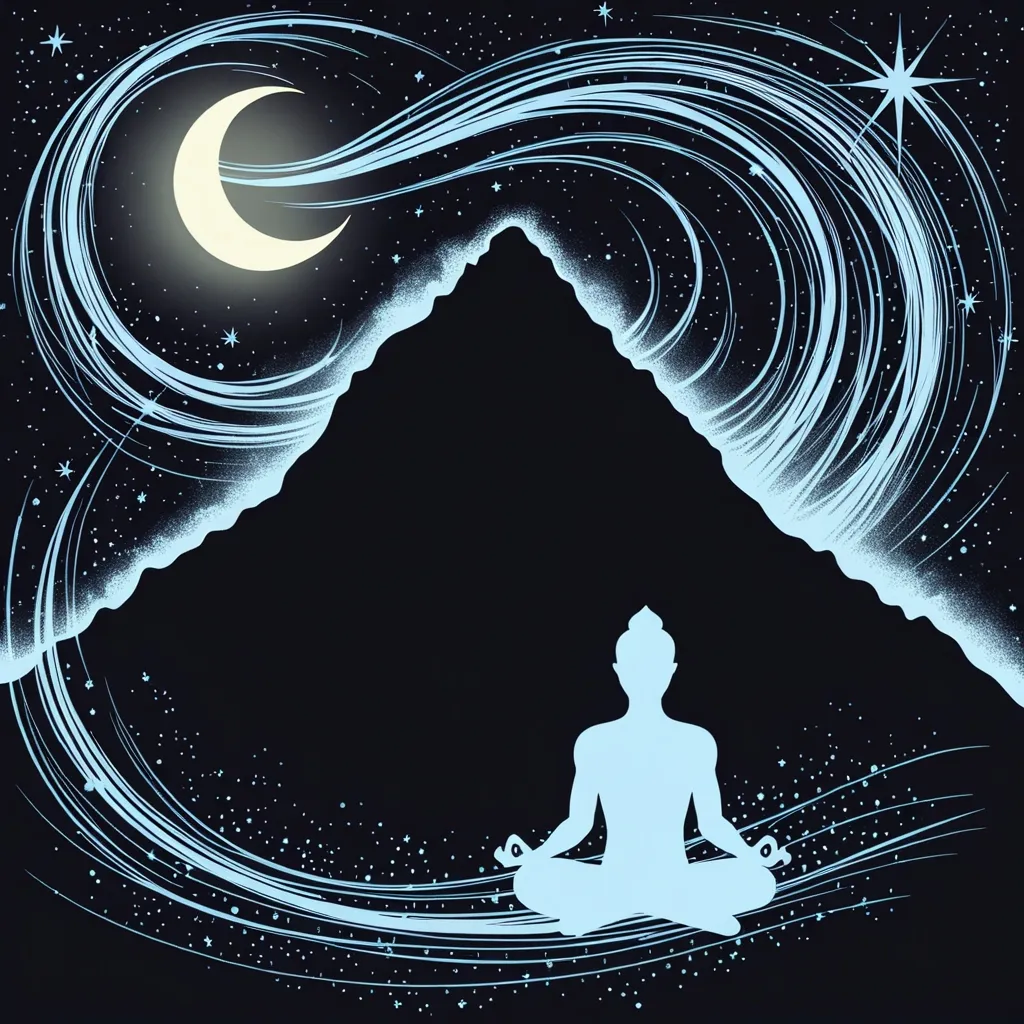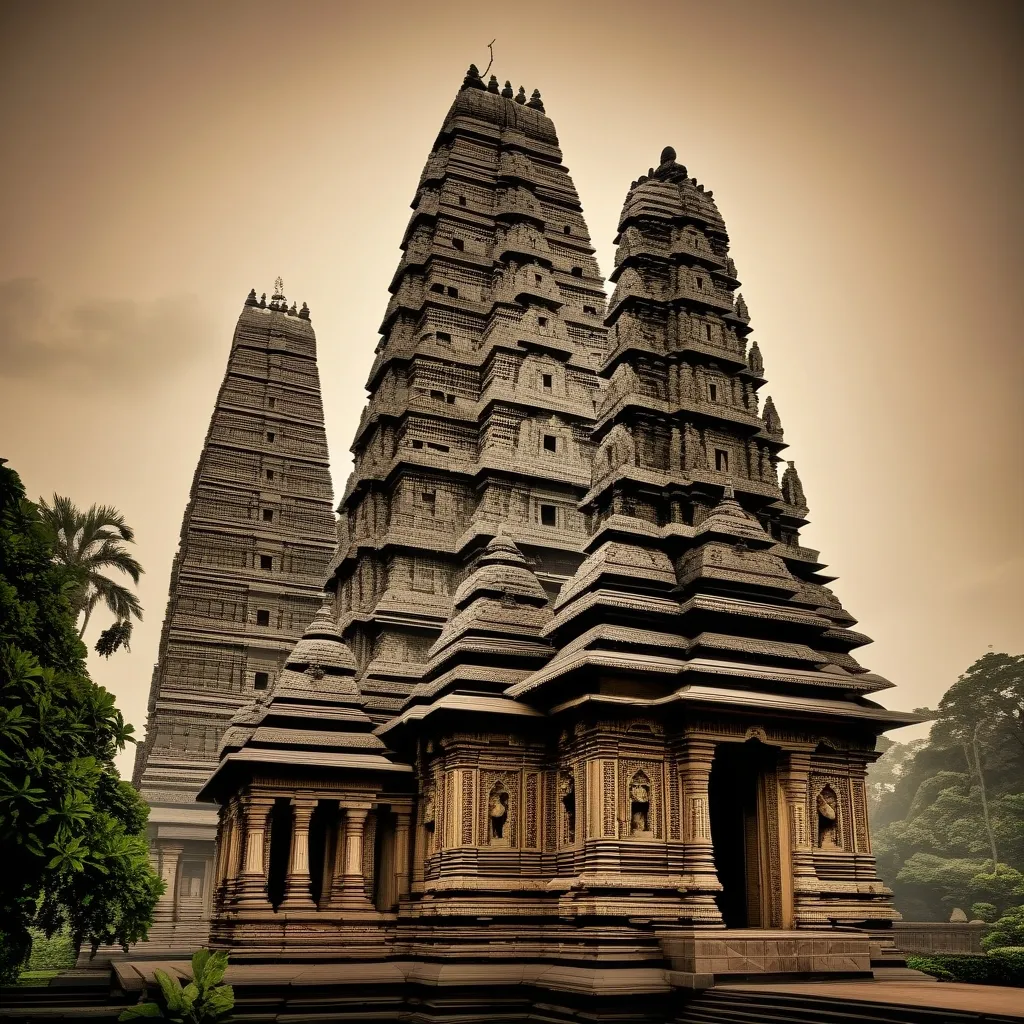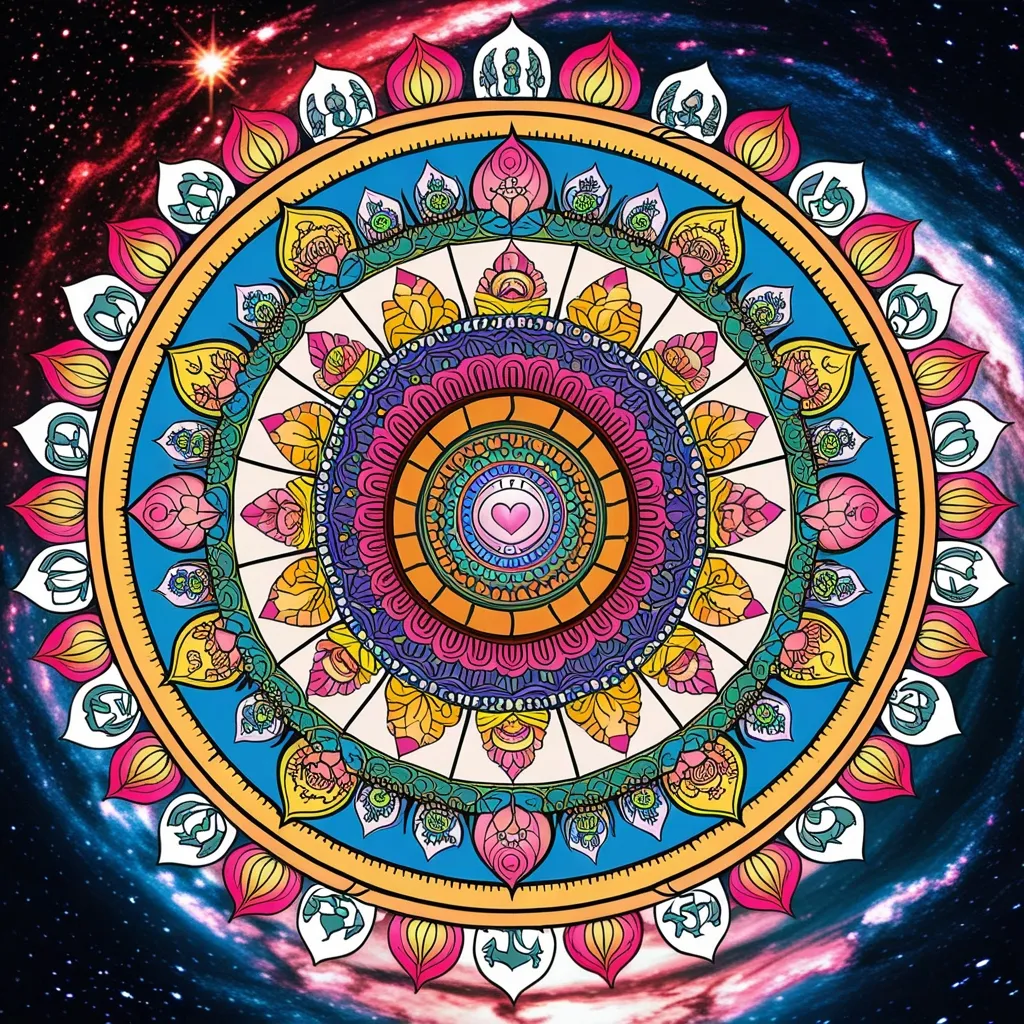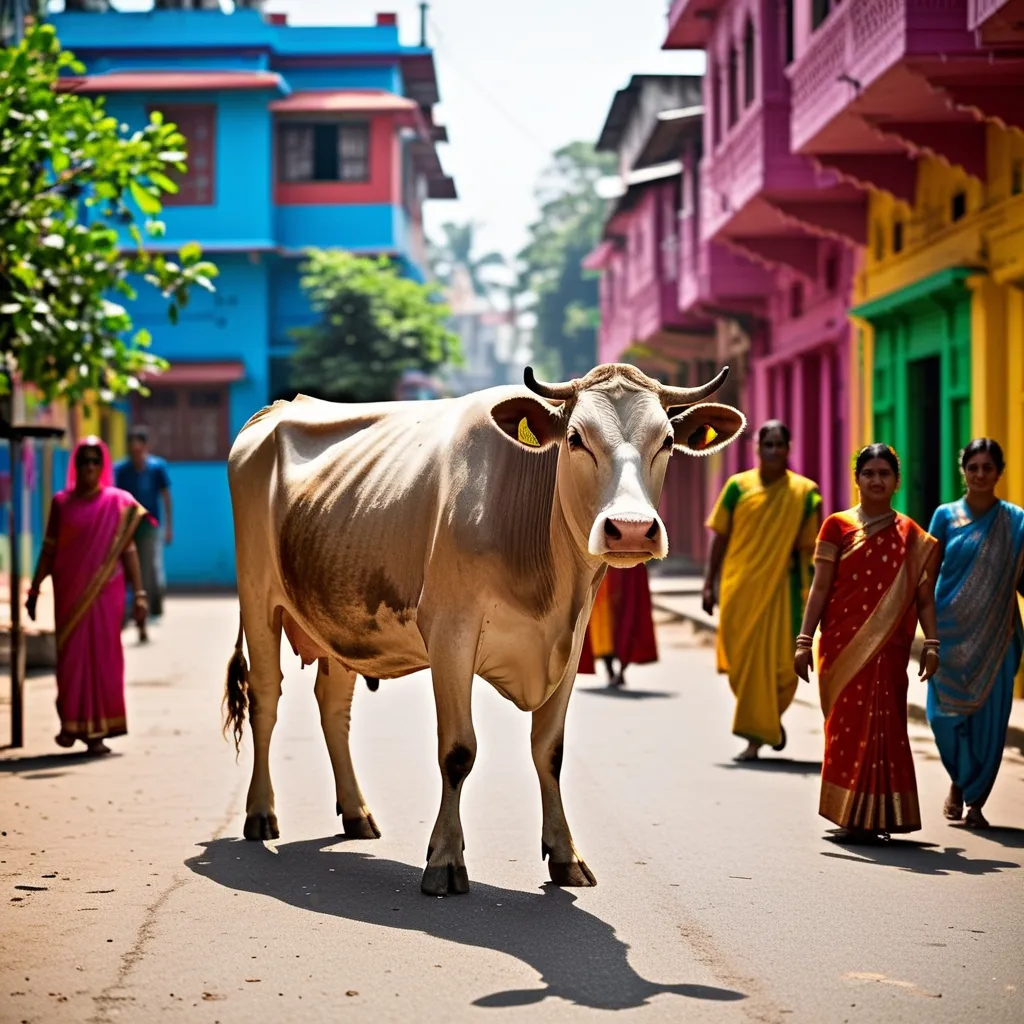Quantum Physics and Hinduism: Unveiling the Cosmic Dance
Ever wondered if ancient wisdom and cutting-edge science could be two sides of the same coin? Well, buckle up, because we’re about to dive into a mind-bending journey where Hinduism meets quantum physics!
You might be thinking, “Wait, what? How can a thousands-year-old religion have anything to do with the latest scientific theories?” Surprisingly, these two seemingly different worlds have more in common than you’d think. It’s like discovering your great-grandpa was secretly a hip-hop dancer - unexpected, but kinda awesome.
Let’s start with time. In Hinduism, time isn’t just that thing that makes you late for work. It’s eternal and everywhere, kind of like that catchy pop song you can’t get out of your head. Quantum physics says pretty much the same thing - time is indestructible. Coincidence? I think not!
Now, picture this: Some of the brightest minds in quantum mechanics, like Werner Heisenberg, actually hung out with Indian gurus. They weren’t just there for the yoga and chai (though I bet that was a nice bonus). These scientists found that the Hindu ideas of interconnectedness and impermanence lined up perfectly with their own head-scratching discoveries about the physical world.
Speaking of head-scratching, let’s talk about consciousness. In Hinduism, especially in a philosophy called Advaita Vedanta, the whole universe is basically one big thought bubble. Quantum mechanics? It says that just by looking at tiny particles, we can change how they behave. It’s like the universe is playing a cosmic game of “peek-a-boo” with us!
Remember that time you felt weirdly connected to your best friend, even though they were miles away? Well, quantum entanglement is kinda like that, but for particles. These tiny bits of stuff can be linked across vast distances, influencing each other instantly. Hinduism’s been saying for ages that everything’s connected. Looks like those ancient sages were onto something!
Now, let’s get vibrational. No, I’m not talking about your phone on silent mode. Hindu philosophy sees the universe as a symphony of vibrations at different frequencies. In physics, we’ve got string theory, where particles are like tiny vibrating guitar strings. It’s like the universe is one big rock concert, and we’re all just trying to find the right rhythm.
Ever tried meditation? It’s not just for relaxation. In Hinduism, it’s a way to peel back the layers of reality and see things as they really are. Scientists do something similar, but with less “om” and more “hmm.” They observe, measure, and try to figure out what’s really going on beneath the surface of things.
Here’s a wild one: the multiverse. Quantum physics suggests there might be multiple realities out there. Hinduism? It’s been talking about fourteen different realms or “lokas” for centuries. It’s like finding out your favorite sci-fi show was actually based on an ancient religious text!
Let’s dance! In Hindu mythology, there’s this cool guy called Shiva who does this cosmic dance that represents the cycle of creation and destruction. Physicists have noticed that particles are constantly popping in and out of existence in a similar rhythm. It’s like the universe is doing its own version of the cha-cha slide!
Einstein, the guy with the crazy hair and even crazier ideas, was a big fan of the Bhagavad Gita, a Hindu text. He thought that feeling connected to the cosmos was the best motivation for doing science. It’s like he was saying, “Hey, let’s figure out the universe because it’s awesome!”
Speaking of Einstein, he once said that thinking we’re separate from everything else is the biggest bummer in human existence. Hinduism calls this illusion “Maya.” It’s like we’re all playing a cosmic game of pretend, thinking we’re not all part of the same big, weird family.
So, what’s the big deal about all this? Well, it turns out that these ancient Hindu ideas and modern quantum theories are like long-lost twins, separated at birth and reunited at a science conference. They’re both trying to answer the same big questions: What’s reality really like? How do we fit into this crazy universe? What’s beyond what we can see and touch?
The cool thing is, whether you’re meditating on a mountaintop or peering through a microscope, you’re part of this grand quest to understand existence. It’s like we’re all detectives in a cosmic mystery novel, and every clue, whether from an ancient text or a lab experiment, brings us closer to solving the case.
In the end, it’s not about proving one right and the other wrong. It’s about realizing that different paths can lead to similar truths. It’s like discovering that your favorite chocolate chip cookie recipe is surprisingly similar to your neighbor’s secret family formula - different methods, equally delicious results.
So next time you’re pondering the mysteries of the universe (you know, as you do on a lazy Sunday afternoon), remember that you’re part of a tradition that spans thousands of years and crosses cultures. Whether you’re more into quantum equations or ancient mantras, you’re contributing to humanity’s ongoing conversation with the cosmos.
And who knows? Maybe the next big breakthrough in physics will come from someone who’s equally at home in a lab coat and a meditation cushion. After all, in this interconnected quantum dance we call reality, anything’s possible!
